Meiji Japan
The Romantic Period
日本語: 玉置金司English: Tamaki Kinji, Public domain, via Wikimedia Commons
Under "sakoku," the isolationist policy of the Tokugawa Shogunate, Japan maintained relations with the Netherlands, and Japanese scholars were permitted to engage in "Rangaku," or "Dutch Studies." In practice, this meant that many of Japan's intellectuals became fascinated with Western technology, medicine, astronomy, chemistry, and industry. Nevertheless, Western culture, and Christianity in particular, was largely considered a corrupting influence on Japanese culture.
In 1825, the shogun issued the "Edict to Repel Foreign Vessels," actively attacking foreign merchant ships that came too close to Japan. However, the edict was repealed in 1842, after the Japanese saw how easily Western powers defeated China in the Opium Wars. Japan still remained closed to trade, however, until 1854, when US Navy Commodore Matthew Perry sailed into Edo with a small fleet of American steam-powered warships. Without consulting the emperor, the shogun agreed to open the country up to trade. This led to popular unrest, particularly among the daimyo (samurai leaders) who wanted to restore the political power of the Emperor against what they viewed as anti-traditional, pro-Western Shogunate.
The traditional music of Japan features a mixture of indigenous instruments and influence from Chinese musical culture.
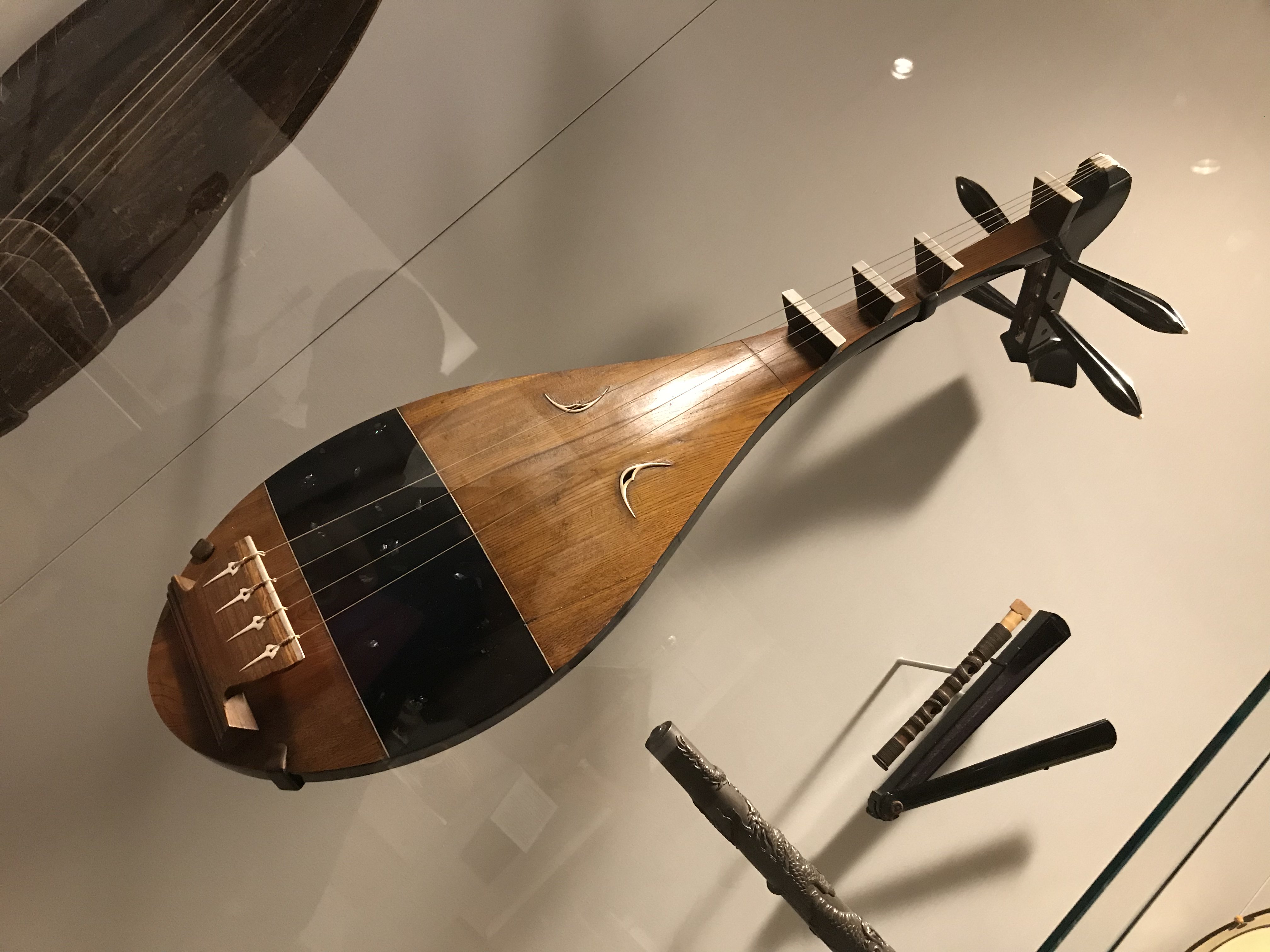
Biwa
The biwa is a type of lute played with a triangular plectrum, or pick. It features in Japanese oral minstrel tradition.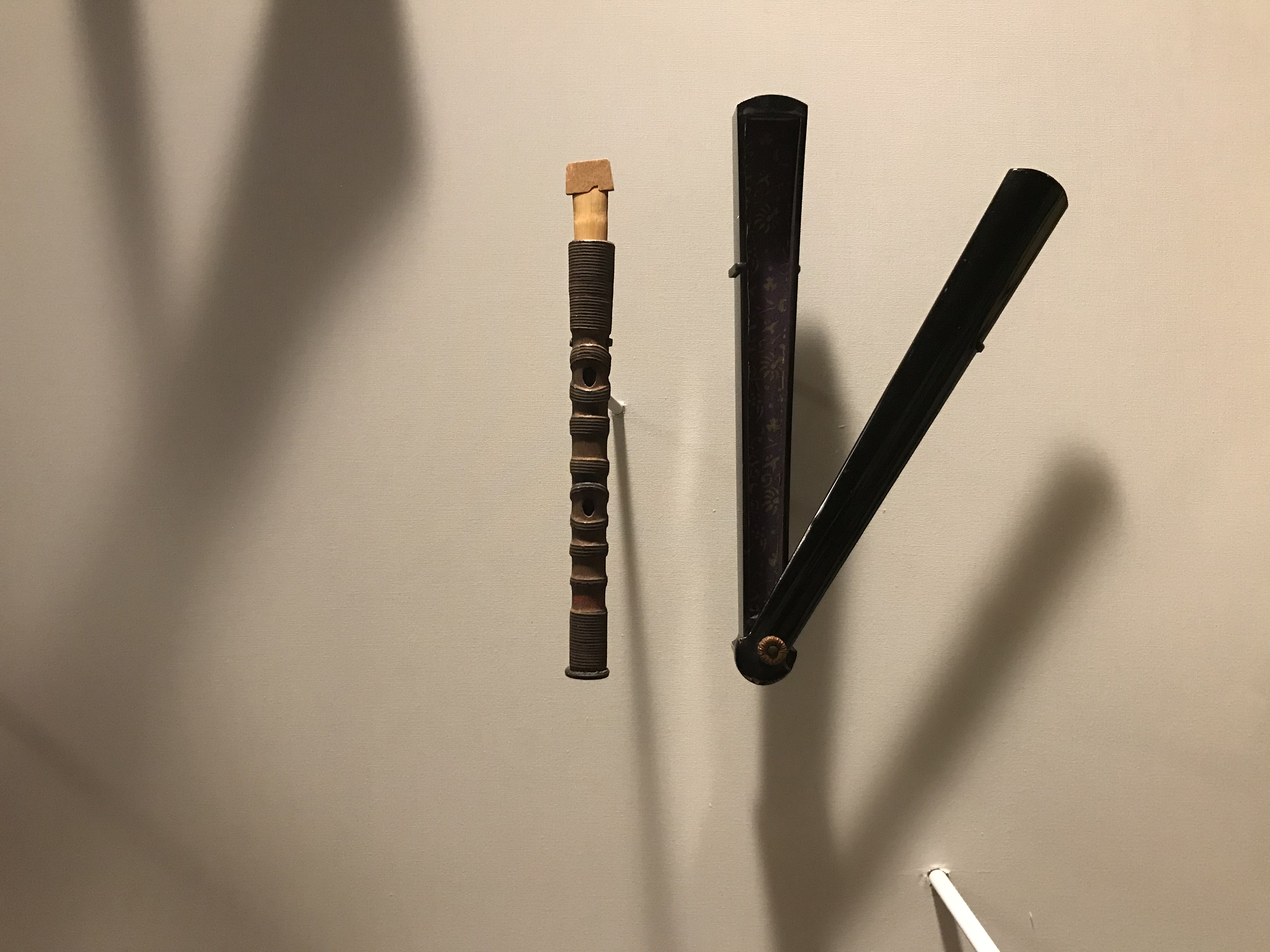
Hichiriki
The hichiriki is a unique double-reed instrument with a reverse-conical bore that gives it a loud, piercing sound. It is prominently used in gagaku.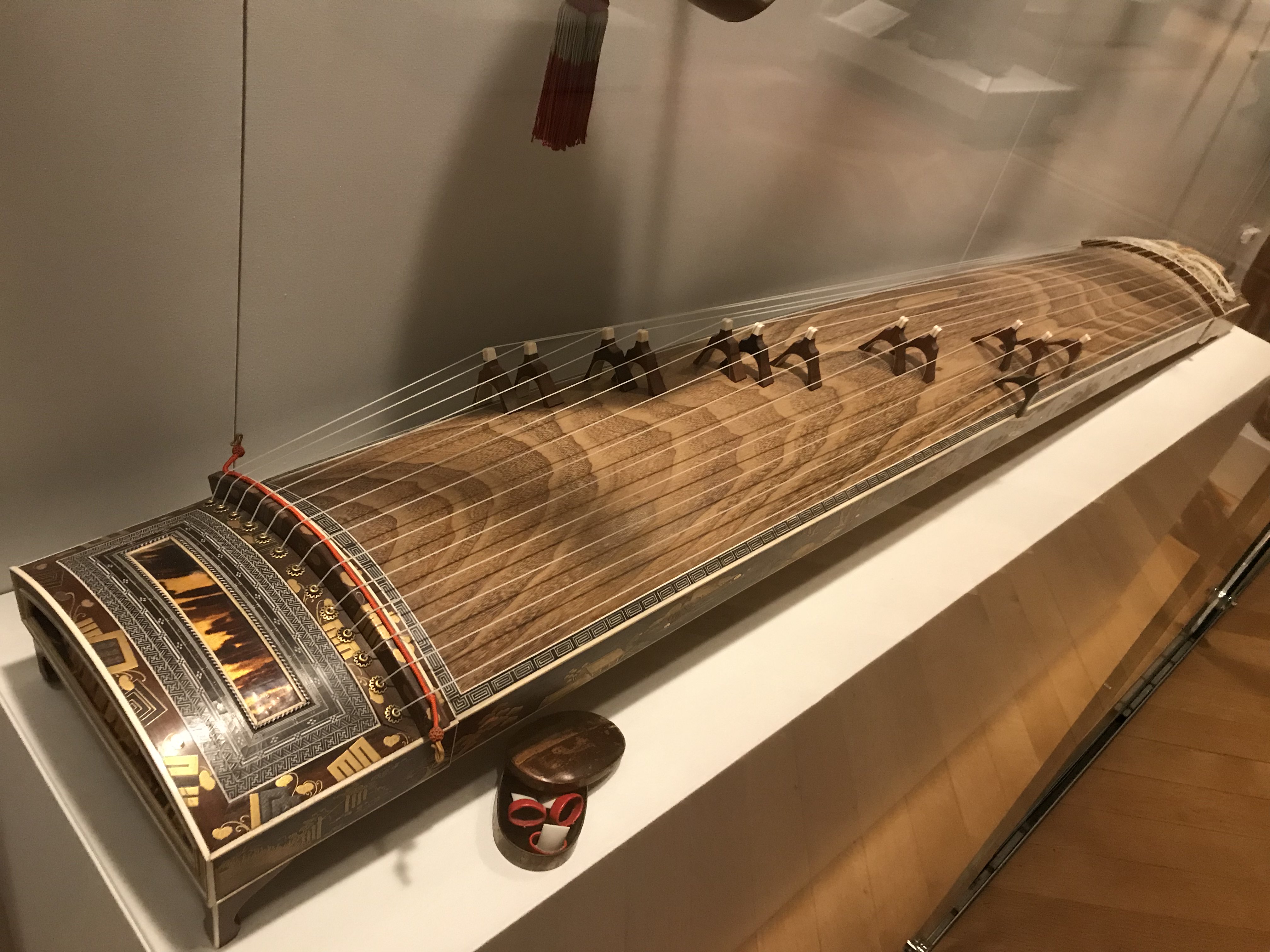
Koto
The koto is a plucked-string zither and has been used in Japan since the seventh century and having one in the home is considered a sign of cultural refinement.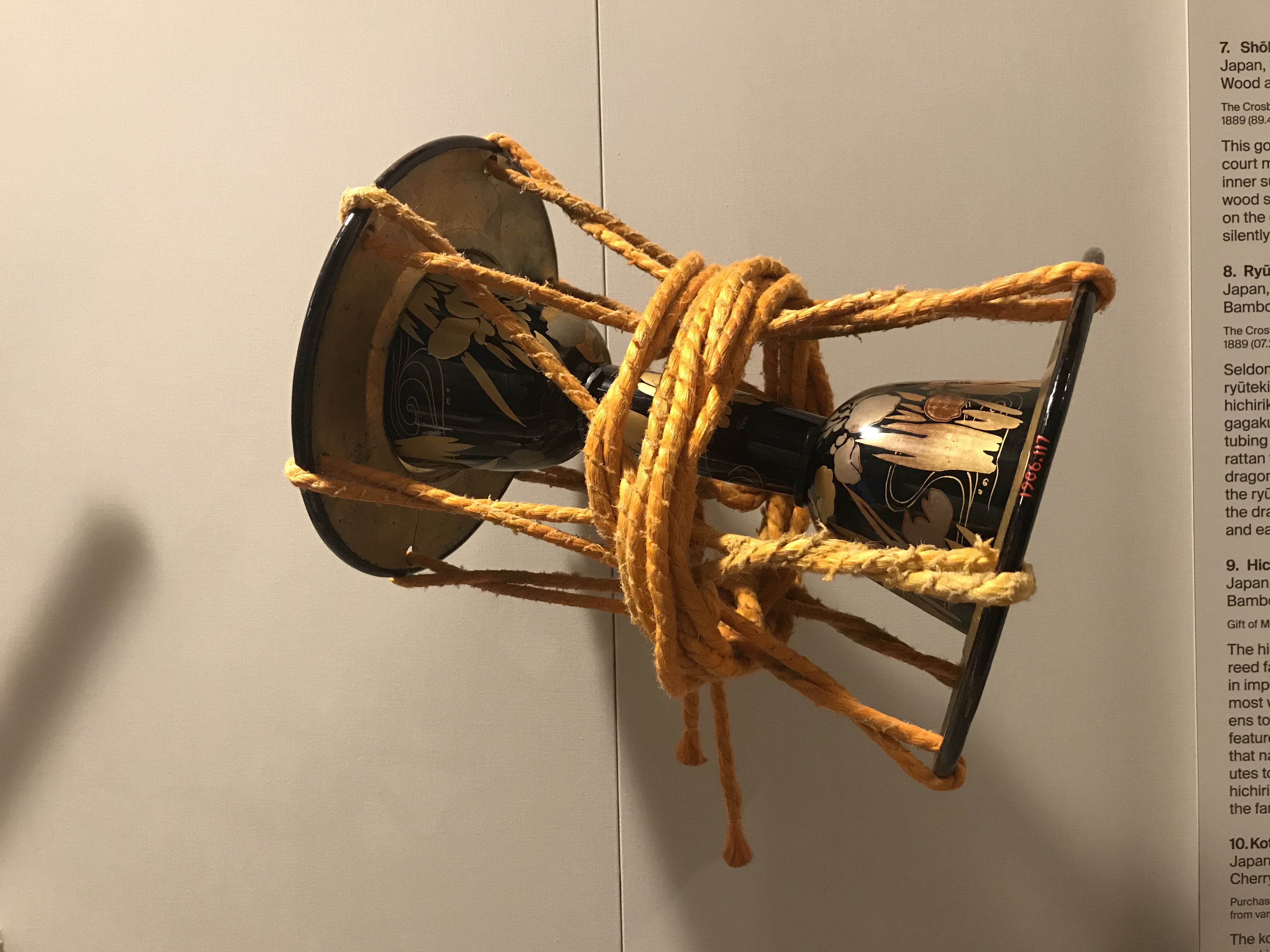
Kotsuzumi
The kotsuzumi is a portable drum used in theater and folk music. It is held in the left hand and struck with the right to create a variety of different tones.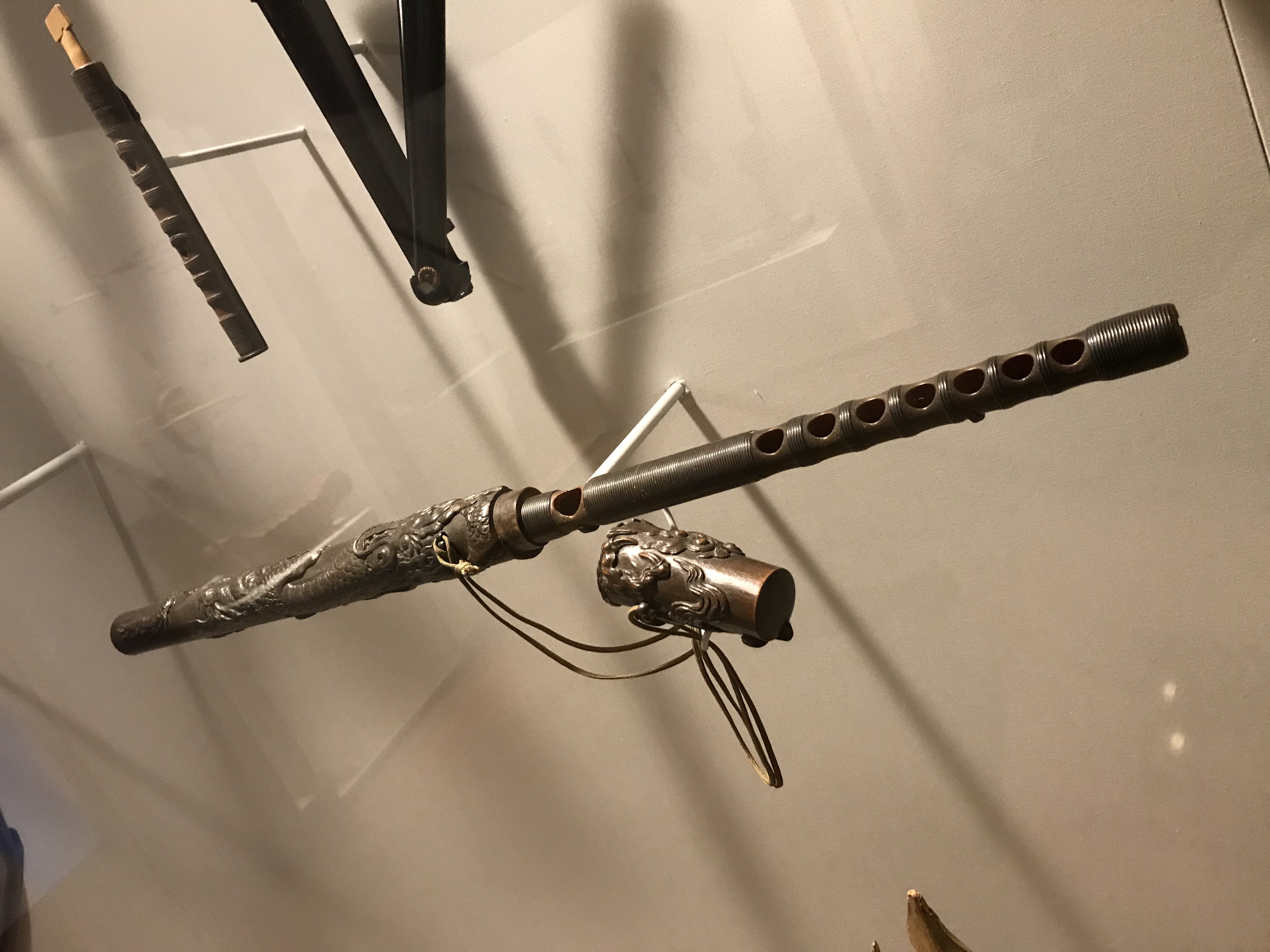
Ryuteki
The ryuteki is a transverse flute made from bamboo and usually found performing the melody in gagaku, but sometimes also in folk music.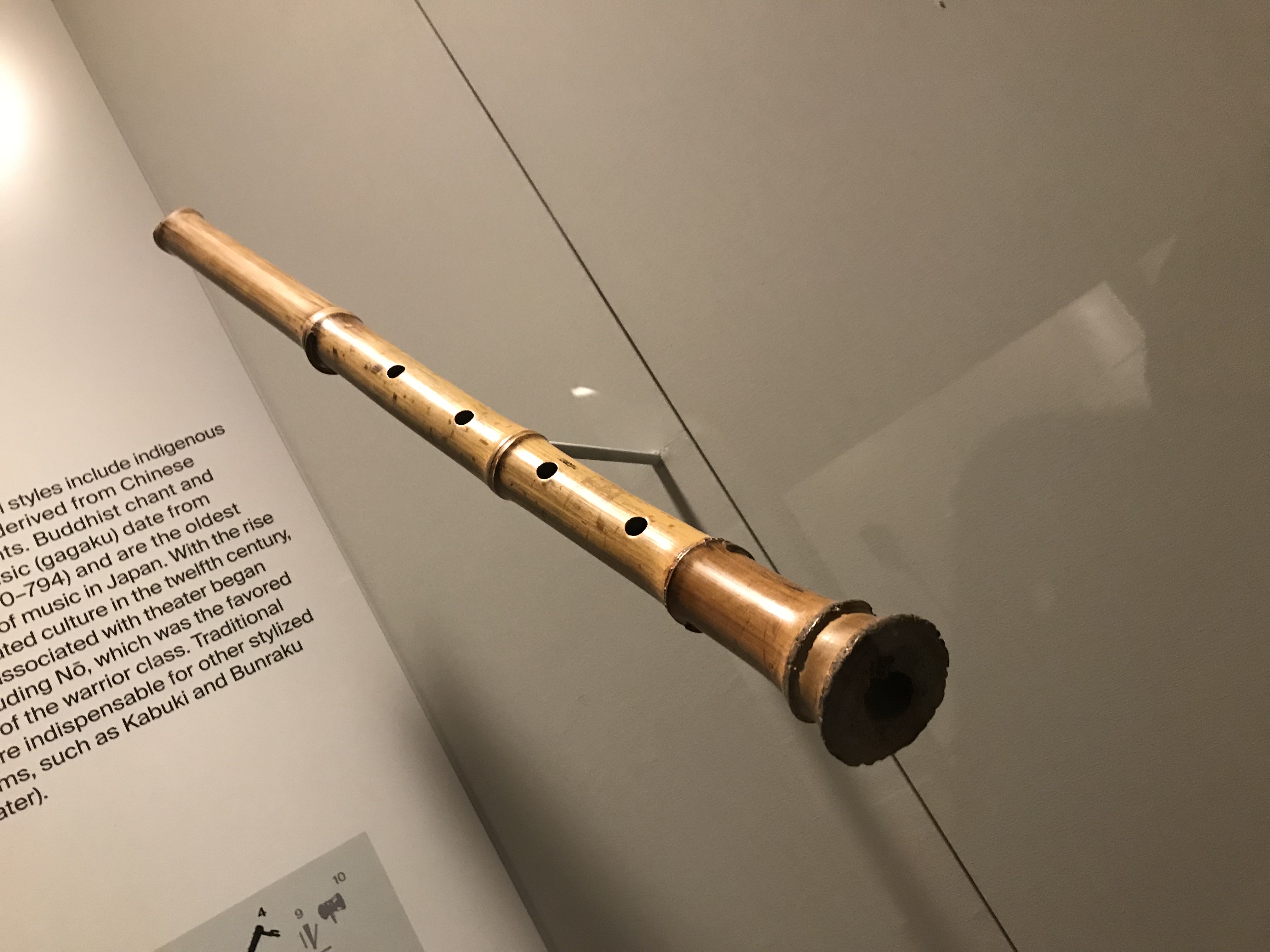
Shakuhachi
The shakuhachi is often heard accompanying koto and shamisen, but is also famous for having doubled as a blunt club weapon by monks of the Edo Period when swords were outlawed.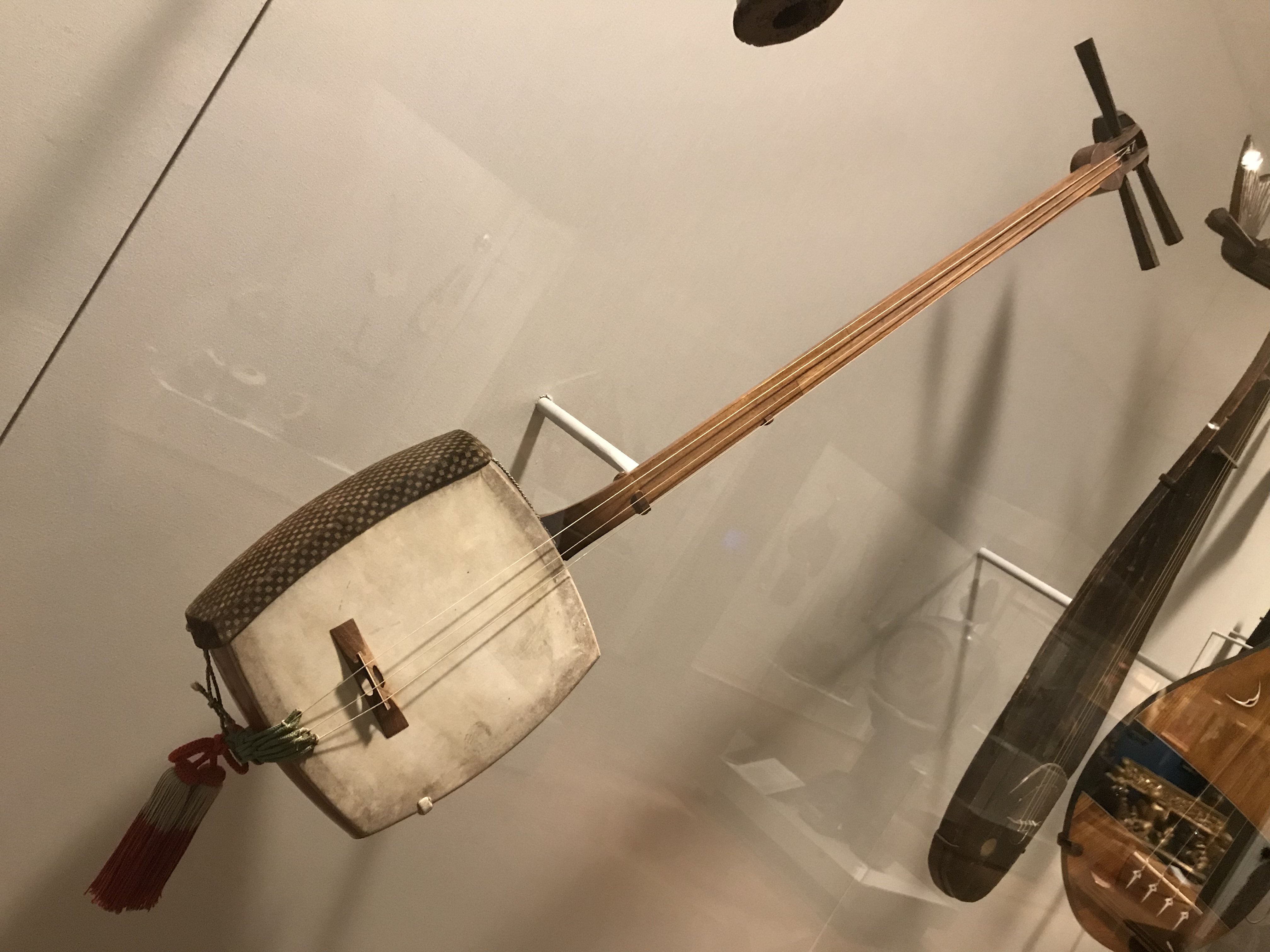
Shamisen
One of the most common Japanese instruments, the shamisen is a large plucked string instrument, often played with a plectrum. It is used in practically all genres of Japanese folk music.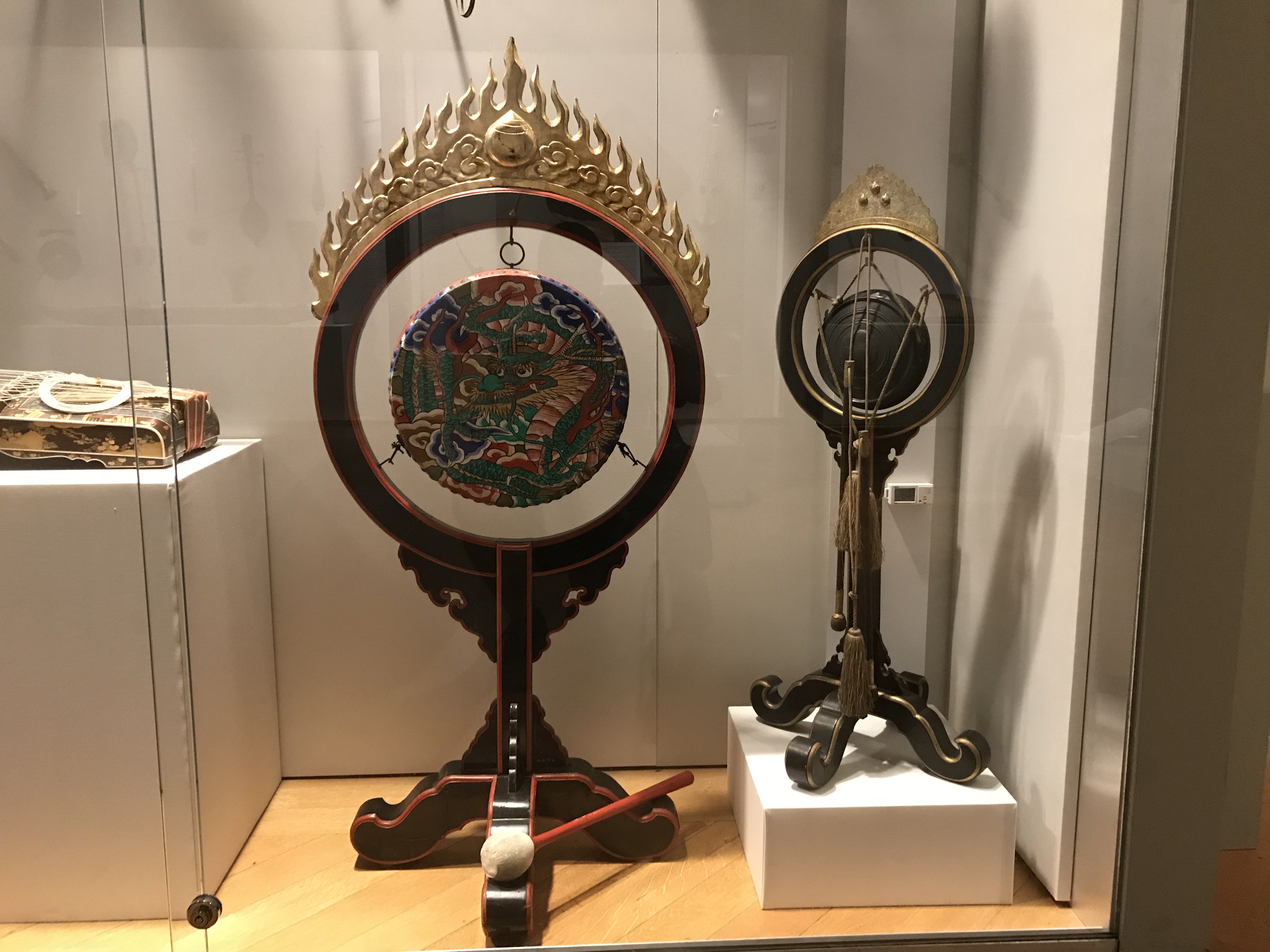
Shoko
The shoko, or tsuri-daiko, is a small gong used in gagaku.A number of different genres are significant in traditional Japanese music:
- Gagaku, or imperial court music, features ryuteki, sho, and gong.
- Bugaku is the name for traditional dances, also associated with the court.
- Hogaku, which is similar to Chinese folk music, features voice, shamisen, and koto.
- Kumi-daiko or "taiko drumming" (which literally means "drum drumming") is well known as well.
- Japanese opera, called kabuki, and puppet-theatre (bunraku) are also unique and enduring forms of entertainment.

Takahashi Yuichi (1828-1894), Public domain, via Wikimedia Commons
Iemochi was succeeded as shogun by Tokugawa Yoshinobu in 1866, and the following year, Emperor Meiji took the throne. In 1868 (under pressure from various military groups), Meiji declared the end of the shogunate and a full restoration of imperial power. This led to the Boshin War between the forces loyal to the emperor and those loyal to the shogun.
Under Emperor Meiji, all daimyo were forced to cede their land to the emperor, creating a centralized state. Feudalism was abolished and a conscript army was established. The imperial capital was moved to Tokyo, where the shogun had ruled. Japan rapidly industrialized, its government paying special attention to Western warfare.
The newly formed Empire of Japan began to extend its influence beyond the Japanese archipelago. This brought Japan into conflict not only with Asian countries but with Western powers. Japan defeated China in the 1895 Sino-Japanese War and then, to everyone's surprise (including theirs), defeated Russia in the Russo-Japanese War ten years later. In just a half century, Japan had transformed from a decentralized, isolationist feudal state into a unitary industrial world power.
